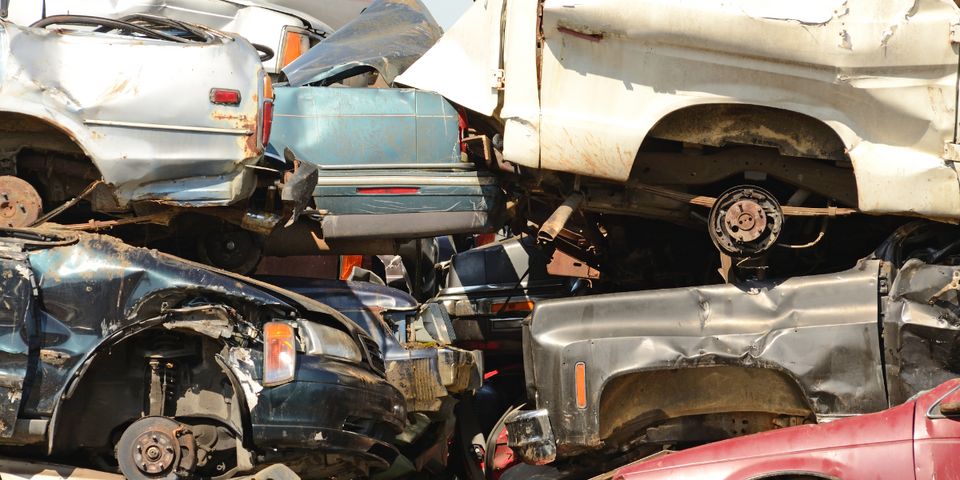What to Know About Non-Ferrous Metal Recycling

From vehicles to appliances, there are so many large-sized products with recyclable metal. If you're upgrading your car or washing machine, you're probably wondering what can be done with the older models. You usually can't just leave them on your street with the usual recycling bins, but there's likely a recycling center somewhere in your county. There, they'll sort them so that the ferrous and non-ferrous metal recycling can be done separately. The latter yields much higher prices, so it's important to keep them separated. To better understand why, here's what you need to know.

Basic Differences
Ferrous and non-ferrous metals are defined by their iron content. Derived from "ferrum," the Latin word for "iron," ferrous metals predominantly contain iron, while non-ferrous do not. Note, this does not mean there's is absolutely no iron in the latter. Due to fabrication methods, it's highly likely there are trace amounts of iron in a "non-ferrous" item. However, it's negligible.
One way to determine the amount of iron is to magnetize it. Iron, especially when it's pure and in high amounts, is the most magnetic. So, whatever metals remain after being sorted by a magnet will be available for non-ferrous metal recycling.
Common Non-Ferrous Metals
Aluminum, brass, copper, gold, lead, nickel, silver, tin, and zinc are the most commonly available non-ferrous metals. These are both popular and worth more because of their properties. For example, aluminum is incredibly lightweight, copper has unparalleled conductivity, and zinc will not corrode.
Whatever the exact composition, if you're hoping to recycle some metal, stop by Phipps Auto Parts. Located in Goshen, OH, this facility has served the region for more than 40 years. They have the means to handle both ferrous and non-ferrous metal recycling and will offer fair prices for them. You can learn more about their process on their website, but if you have any questions, don't hesitate to call them at (513) 722-2034.
About the Business
Have a question? Ask the experts!
Send your question

